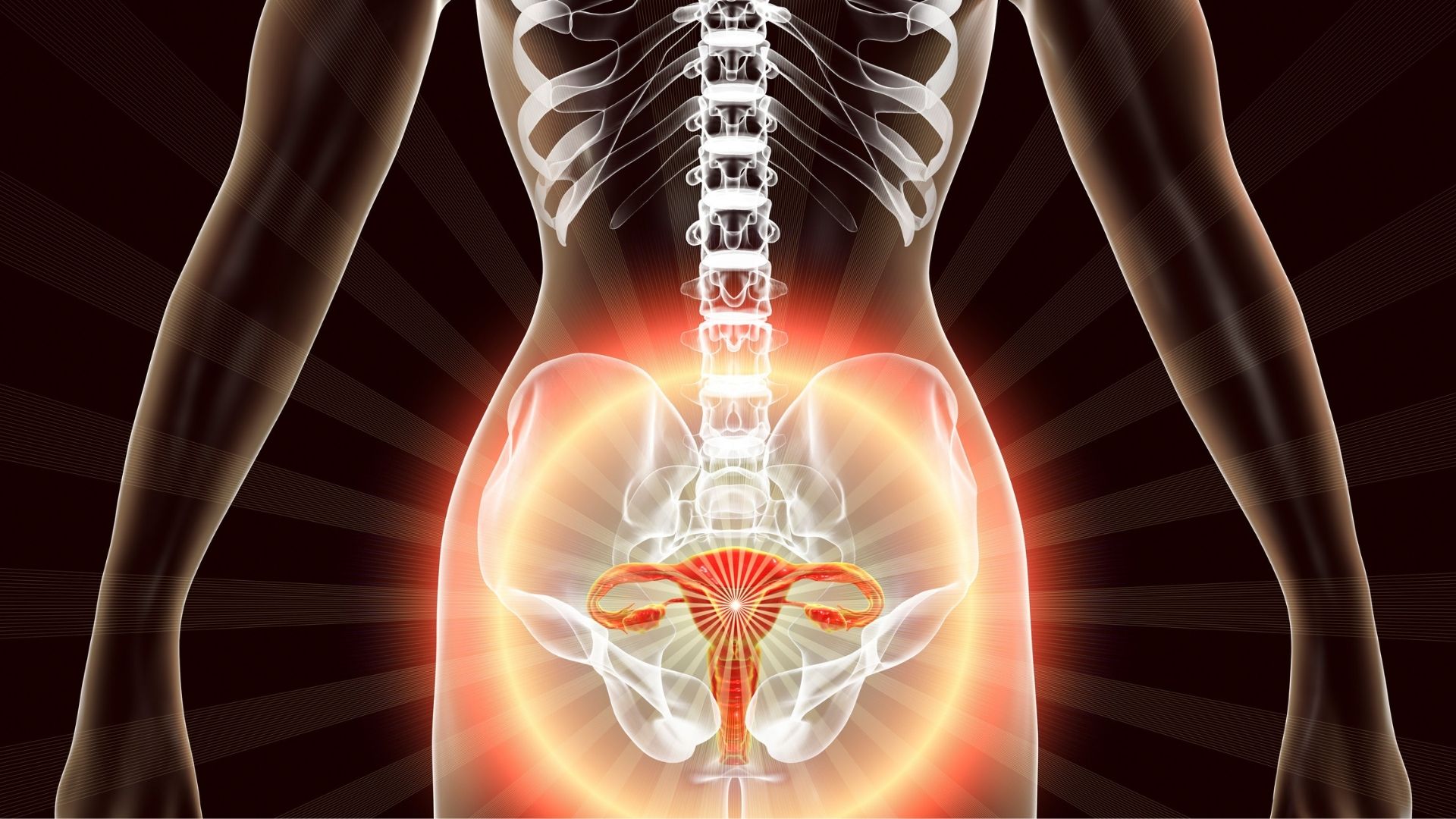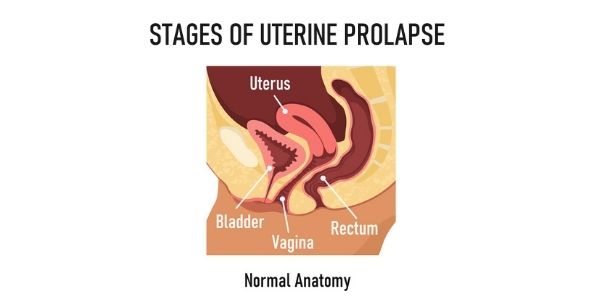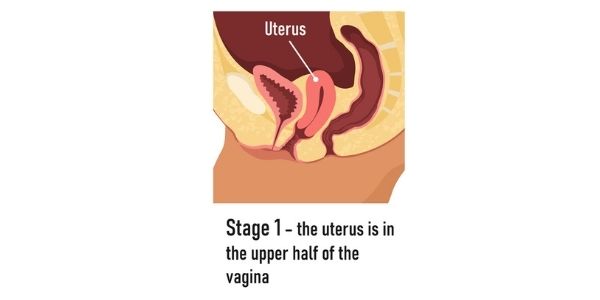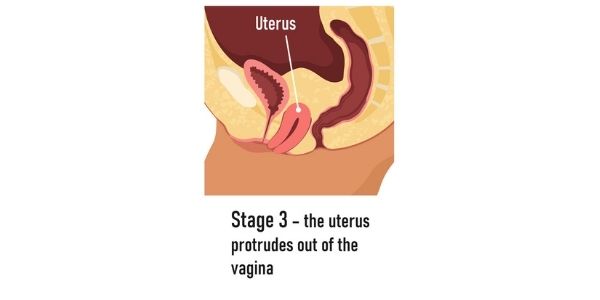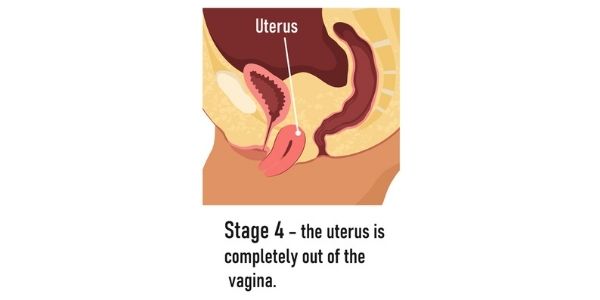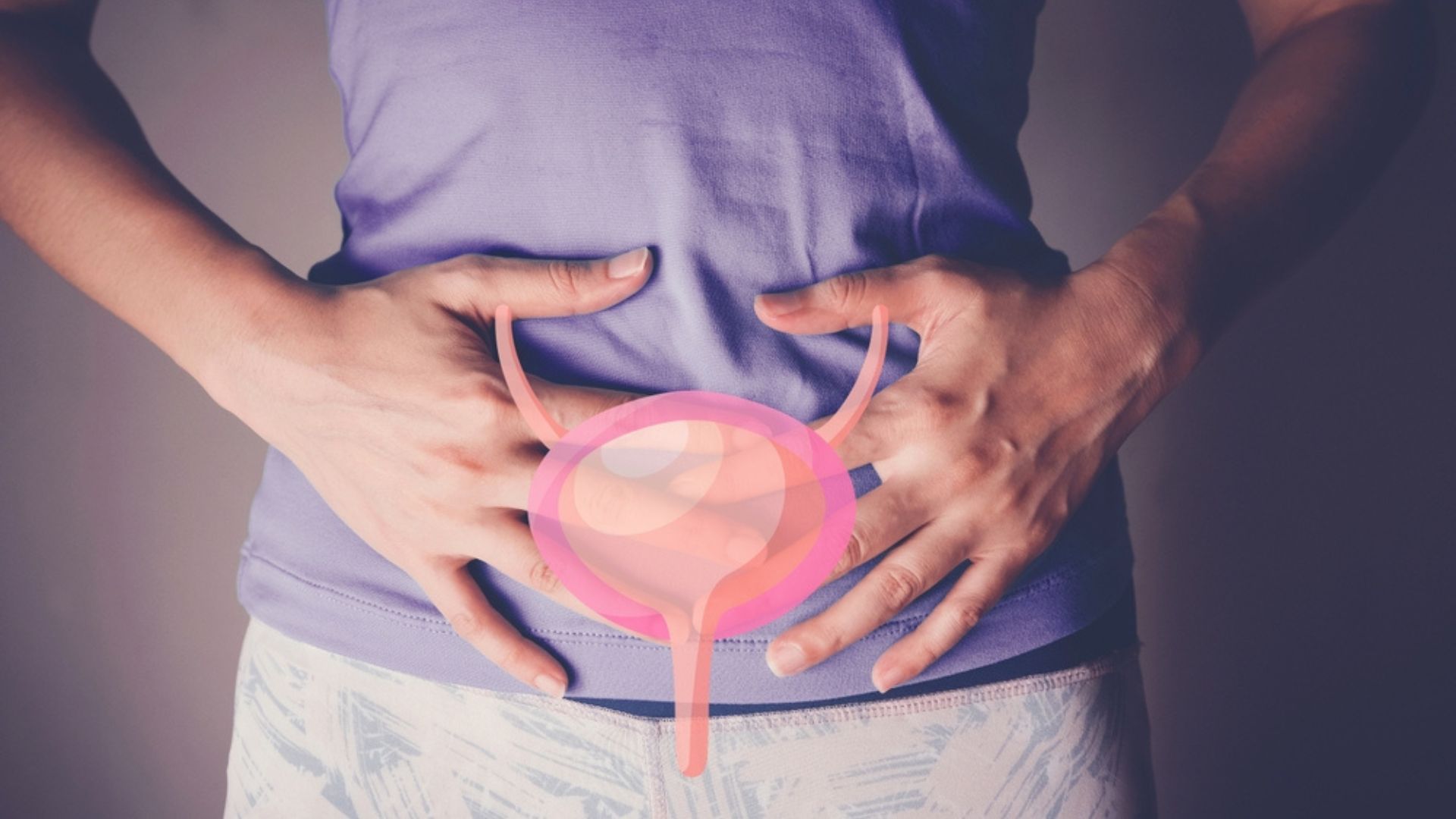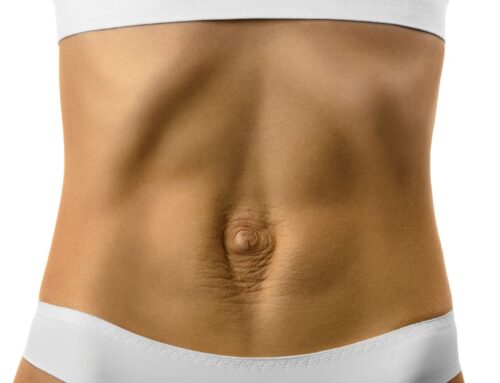Uterine prolapse is a common condition that occurs as women age. Weakening of the structures surrounding the uterus cause the uterus to drop into the vagina. It is estimated that nearly half of all women over 50 have a prolapsed uterus.[i] In this article we will look at the risk factors involved, symptoms, and uterine prolapse treatment and prevention.
What is Uterine Prolapse?
A uterine prolapse is a herniation of the uterus from its normal position into the vaginal canal. This occurs due to a weakening of the structures surrounding the uterus.
The severity of the herniation can be categorized into four stages:
Stage 1: The cervix drops into the vagina.
Stage 2: The cervix drops to the level just inside the opening of the vagina.
Stage 3: The cervix is outside the vagina.
Stage 4: The entire uterus is outside the vagina.[ii]
Uterine prolapse is one of the multiple conditions that are classified under the broader term of pelvic organ prolapse. In its normal state, the uterus sits within the pelvis among the other pelvic organs. With age and other risk factors, there can be a weakening of the muscles and ligaments that support this position in the pelvis.
Risk Factors for Prolapsed Uterus
Certain risk factors increase chances of developing uterine prolapse. These include:
- Older age
- Race (caucasian)
- Family history
- Increased body mass index
- Vaginal delivery
- Higher parity
- Constipation
- Connective tissue disorders[iii]
Symptoms of Prolapsed Uterus
Although many women with mild cases of uterine prolapse do not have symptoms, with further progression the uterus can cause pressure on surrounding structures, with symptoms including:
- Heaviness or pressure in the pelvis
- Pain in the pelvis, abdomen, or lower back
- Pain during intercourse
- Uterine tissue outside the vagina
- Frequent bladder infections
- Unusual or excessive discharge
- Constipation
- Urinary problems (incontinence, increased frequency, increased urgency)[iv]
Prolapsed Uterus Treatment
Treatment is largely dependent on the severity of symptoms. Treatment options include surgery, mechanical devices and conservative management. Surgical treatment involves repair of the prolapse with or without hysterectomy.
With surgery, the vagina and pelvic organs are resuspended internally with a combination of sutures and a supportive mesh or fascial graft. A pessary is a removable device that is placed in the vagina to support areas affected by the prolapse. This type of device can be helpful in mild to moderate forms of prolapsed uterus.
Physiotherapists play a major role in the non-surgical management of uterine prolapse. Pelvic floor physiotherapists provide pelvic floor muscle training and pessary support to help alleviate the symptoms of this condition.
Uterine Prolapse Prevention
Maintaining a healthy body weight, exercising regularly and pelvic floor exercises are all important in the prevention and treatment of prolapsed uterus. Physiotherapists play a large role in the management of pelvic health conditions.
Our pelvic health therapists provide educational support and a thorough assessment and training of pelvic floor muscles. Physiotherapists are crucial in helping guide you on lifestyle modifications and starting and maintaining an exercise routine that is right for you. Come see how our physiotherapists can help you in the management of uterine prolapse.
Written by

